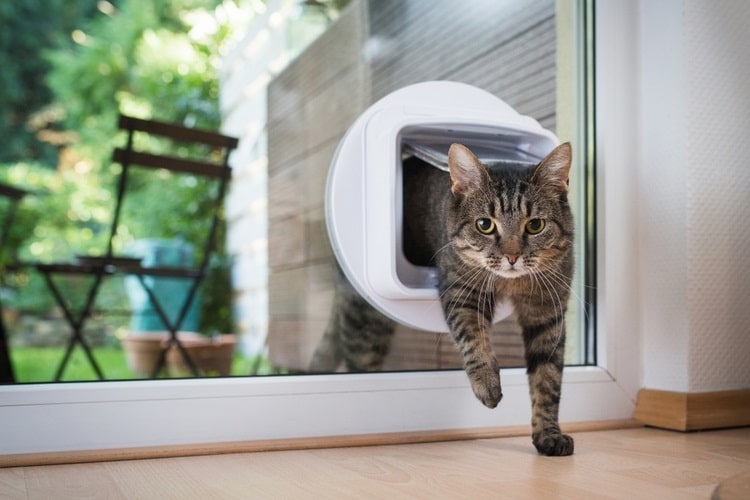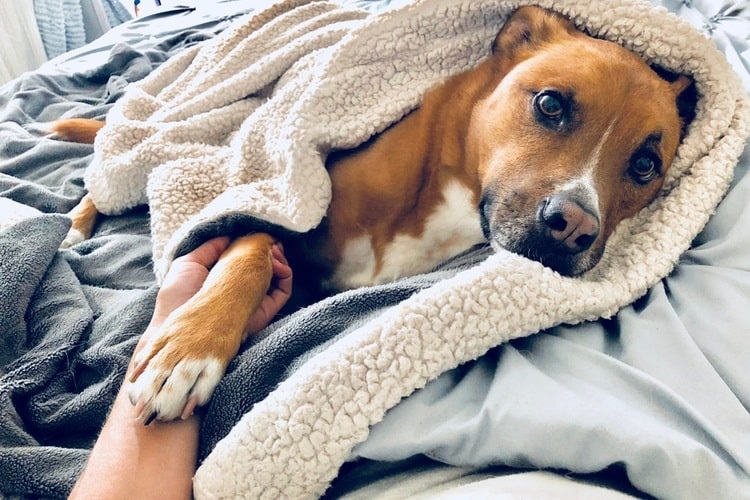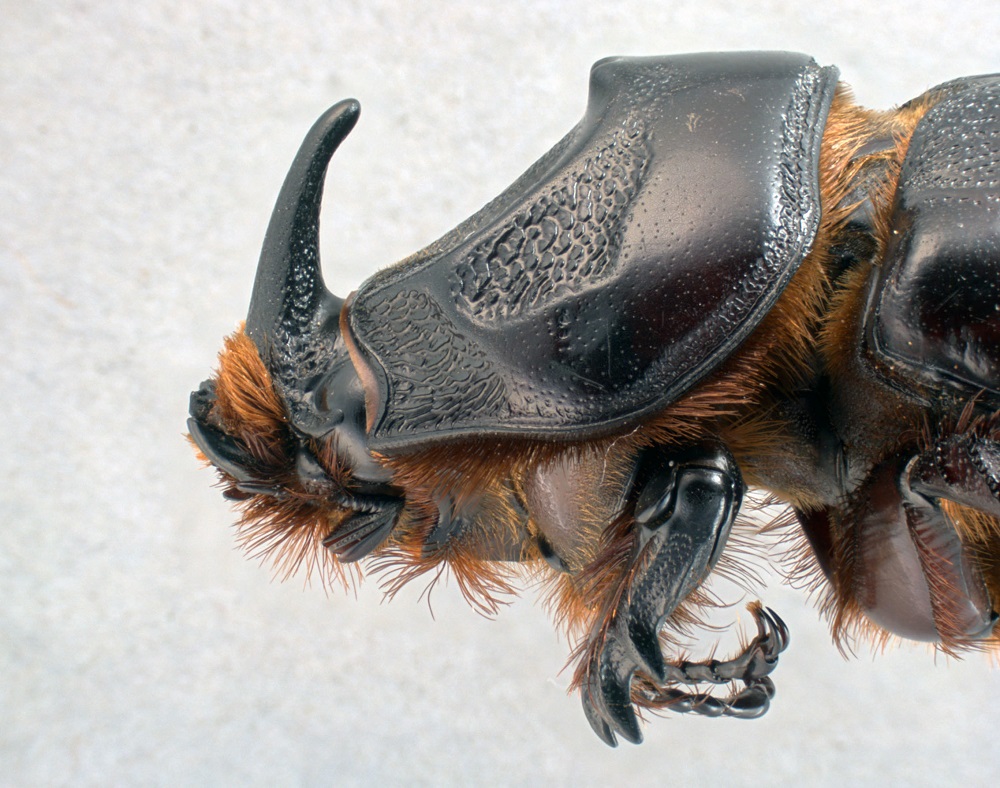The Big Hack: What You Need to Know About Hairballs and Cats
If you are a cat owner, chances are you have heard that bizarre gag-hack-retch combination of sounds from your furry friend. This noise is usually accompanied by a mess to clean up, along with that strange oblong wad of fur—the dreaded hairball. Hairballs and cats seem to go hand-in-hand, but they aren’t always a normal […] The post The Big Hack: What You Need to Know About Hairballs and Cats appeared first on Cat Care of Vinings.


If you are a cat owner, chances are you have heard that bizarre gag-hack-retch combination of sounds from your furry friend. This noise is usually accompanied by a mess to clean up, along with that strange oblong wad of fur—the dreaded hairball. Hairballs and cats seem to go hand-in-hand, but they aren’t always a normal occurrence and can signal a health problem.
The team at Cat Care of Vinings is here to explain more about hairballs, how you can help your cat pass a hairball, and when hairballs mean trouble.
What Is a Hairball?
Hairballs, or trichobezoars, are small collections of fur that form in the stomach. They are usually oblong in shape, like a furry cigar, and expelled with stomach fluids and undigested food. Since cats are constant self-groomers, they collect a lot of hair, which sometimes stays in the esophagus and stomach.
Most hair passes easily through the digestive system, but in certain cats, especially those with long hair, the fur accumulates. In fact, long-haired cats are twice as likely to have hairballs than short-haired cats. Other health issues, such as parasites, illness, and anxiety, cause cats to self-groom more than normal.
When these undigested strands of hair remain, they form into a tubular shape and can only be expelled through vomiting. In rare cases, hairballs become so large they require surgery to extract them.
Are Hairballs Normal?
If your cat hacks up a few hairballs in the course of a year, it’s probably nothing to worry about. If your cat is having more than a couple hairballs, however, they should see a cat veterinarian. Other problems to look for and discuss with your veterinarian include:
- Hacking without producing a hairball
- Loss of appetite
- Diarrhea
- Bloated abdomen
- Vomiting
- Lethargy
- Abdominal pain
Helping Your Cat Pass a Hairball
Hairball prevention is one of the key concerns among cat owners, because, after all, who wants to clean up a mess or see your sweet pal so uncomfortable? There are some things you can do to help your pet pass a hairball. These include:
- Groom your cat regularly—Brush your cat’s hair daily. This will help contain the loose hairs that would otherwise get into their GI tract. If you are uncomfortable with grooming your cat, consider having them professionally groomed, including a haircut, every few months.
- Give your cat a hairball lubricant—These formulas are designed to taste good to your cat and help to minimize your pet’s chances of developing a hairball. Some of them come in a laxative formula to help your pet pass the hairball. You can also look for treats and diets that are designed to discourage hairball formation by making it easier for your cat to move the fur through the digestive tract.
- Redirect your cat’s excessive grooming—If your cat has been given a clean bill of health but continues to over-groom, they may be doing it out of boredom. Lack of enrichment and fun cause a pet to resort to grooming as a way to ease their anxiety. Look for engaging toys and games that you can play with your kitty companion. Another great idea is to give them a window view of the outdoors and add a bird feeder or bath to entice local wildlife.
- Keep your cat hydrated—Dehydration results in dry skin and a dull coat. If your cat’s coat is dry and brittle, they will be ingesting these dead fur strands more frequently. Give your cat plenty of fresh water in a few bowls around the home. Most cats adore water dispensing fountains, since cats enjoy drinking from moving water sources.
A Word About Hairballs and Cats
While these phenomena are not unusual in cats, ongoing issues with hairballs can be concerning. Follow up with us any time you feel like something is off with your bestie. If you would like any additional information about hairballs in cats, or to schedule a wellness exam for your kitty, please contact us.
The post The Big Hack: What You Need to Know About Hairballs and Cats appeared first on Cat Care of Vinings.















